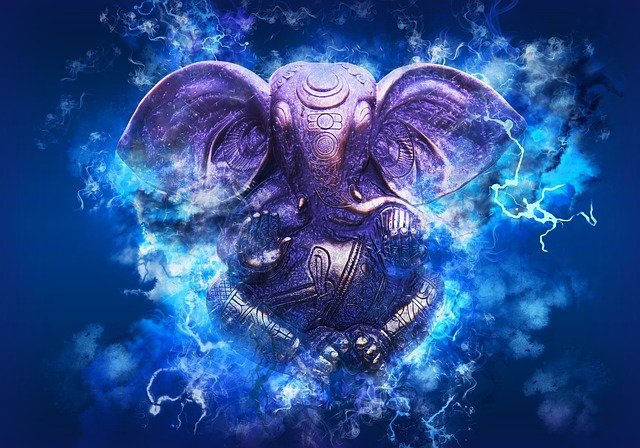It is a well-known fact that India is home to over one billion people, hosting almost one-eighth of the world’s population. The country is rich in diversity and culture, with exotic foods, bountiful nature, and kind people. India is also home to a long list of spoken languages. Research indicates that at least 30 languages have been identified in the country, with Hindi and English used as official communication by the national government. In addition to this, however, it “uses 22 scheduled languages, which are languages that can be officially adopted by different states for administrative purposes, and also as a medium of communication between the national and state governments, and also for examinations conducted for the national government service.” What’s more is that after Mandarin, Spanish and English, Hindi is the most natively spoken language in the world, spoken by almost 260 million people.
Machine translation for Hindi
 According to some sources, there already exist a number of Hindi-English machine translation systems. These include Google Translator, MS-Bing, and Babylon. These systems are developed according to various approaches such as Rule-Based Machine Translation (RMBT), Example-Based Machine Translation (EBMT), and Statistical Machine Translation (SMT). However, they are not adequately capable of handling some challenges including word sense disambiguation, pronoun resolution, or idiom translation.
According to some sources, there already exist a number of Hindi-English machine translation systems. These include Google Translator, MS-Bing, and Babylon. These systems are developed according to various approaches such as Rule-Based Machine Translation (RMBT), Example-Based Machine Translation (EBMT), and Statistical Machine Translation (SMT). However, they are not adequately capable of handling some challenges including word sense disambiguation, pronoun resolution, or idiom translation.
What’s a further challenge is that there are morphological and structural divergences between English and Hindi. Whereas English is based on subject-verb-object (SVO) structure, Hindi is a subject-object-verb (SOV) type of language. In addition, Hindi is morphologically richer than English. This means that Hindi translations or translating Hindi to English are not always going to be accurate with machine translations.
What is machine translation? While it is a complex term, it can be simplified. It can be referred to as a series of actions that take various words in a sentence and translate them word for word producing an end result. However, this can pose serious challenges as cultural contexts, grammatical rules, and other linguistic elements are not taken into account.
This is why there is so much research on this topic at present, with many researchers indicating the need for further investigation into the best type of machine translation tools that need to be implemented for accurate Hindi-English and English-Hindi translations.
The role of the translator
The role of a translator in translating Hindi is a rather large one. For starters, translators need to be able to go beyond simple word-for-word dictionary translations and consider the grammatical and syntactical language applications in both the source language and the target language.
They also need to be subject experts to be able to accurately translate the given text or texts for a specific-level audience.
Furthermore, translators need to be able to take into account cultural intricacies, which a machine translation will not be able to pick up on and convey the intended meaning by adjusting the language used to illustrate the main point that the source language would like to convey in the target language.
Therefore, translators need to play a huge role in the Hindi-English or English-Hindi translation process as this requires significant expertise.
What’s more is that while machine translations work to some extent, they will never be able to capture ALL the necessary elements of a translation as they work from basic building blocks of words, moving up to simple sentences. However, compound and complex sentences will, in some cases, need to be broken up and simplified simply because the machine is incapable of reading and accurately translating the original text.
Conclusion
While machine translations are on the rise in respect of a wide range of languages, they still face limitations when it comes to English-Hindi or Hindi-English translations. This is simply because of the vast differences in the language structure, grammatical rules, word usage, and variety, etc. of the two languages. This is why an adequately trained translator who is a professional in their field and knows the target language exceptionally well is required. Such a translator will also need to be able to convey the cultural norms and intended meanings behind the strings of words that form the sentences upon which a translation is built.
